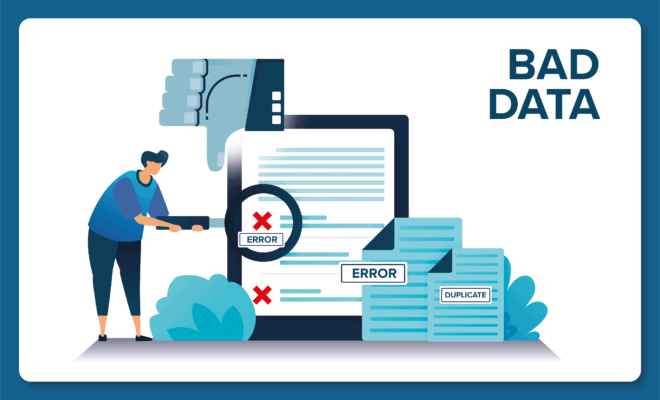
Logistics
Bad Data, Weak Supply Chains: The Impact on Outcomes
Bad data example
It looks like you’re summarizing an article about the importance of clean data in the context of Artificial Intelligence (AI) and the amusing example of import tariffs applied to unusual places like Norfolk Island and the Antarctic territories. Here’s a concise summary of the article, including a title suggestion for your blog:
“Garbage In, Garbage Out: The Cost of Poor Data in AI and Business Systems”
Summary:
There is an increasing number of discussions and media content extolling the benefits of Artificial Intelligence (AI), but there’s less focus on the critical internal steps businesses must take to implement these technologies successfully. One of the most important steps is using clean, accurate data. Without this, businesses risk falling into the trap of “garbage in, garbage out” (GIGO), where flawed data leads to poor IT system performance.
An example of how poor data can affect outcomes is highlighted by the recent imposition of increased US import tariffs. The list of countries affected includes Norfolk Island, a small territory off the coast of Australia, and the remote Antarctic territories of Heard Island and the McDonald Islands—neither of which exports goods to the United States. Despite this, they were wrongly included in the tariff list. While the media focused on the humor of the situation, only The Guardian questioned why this happened. This example underscores the importance of clean, accurate data to prevent such mistakes and the broader implications of its absence in AI and business operations.
Here’s a summary and suggested blog post title for the provided content:
Title: “The Hidden Dangers of Mislabelled Shipping Documents: Ensuring Data Accuracy in Supply Chains”
Summary: In international trade, errors in shipping documents are a common challenge faced by supply chain professionals. A notable example involves shipments mistakenly identified as originating from Norfolk Island and Heard and McDonald Islands, despite these territories having no actual exports. These errors made their way into the US Census Bureau’s trade data and impacted the calculation of import tariffs.
Several mislabelled shipments were found, including Timberland boots incorrectly listed as originating from Norfolk Island, and steel and plastic goods attributed to the remote Antarctic islands. The mislabelling extended beyond these territories to locations like Tokelau and the British Indian Ocean Territory, further complicating trade statistics.
The root cause of these errors was human mistakes during data transcription or across different software applications. Such errors highlight the importance of “normalisation” in IT, a process of standardising data to eliminate discrepancies before analysis. The examples provided also showcase common data issues, such as inconsistent addresses, date formats, or product descriptions.
For supply chain professionals, the lesson is clear: data accuracy—especially in external (“outside-in”) data—must be a priority. Inaccurate data can lead to poor decision-making and operational risks. To mitigate these risks, it’s crucial to implement strict data accuracy measures, standardise documents, and use technologies like barcode scanning or RFID tagging.
By addressing these issues, companies can improve their data quality and ultimately enhance the effectiveness of AI-driven systems and supply chain operations.


0 comments